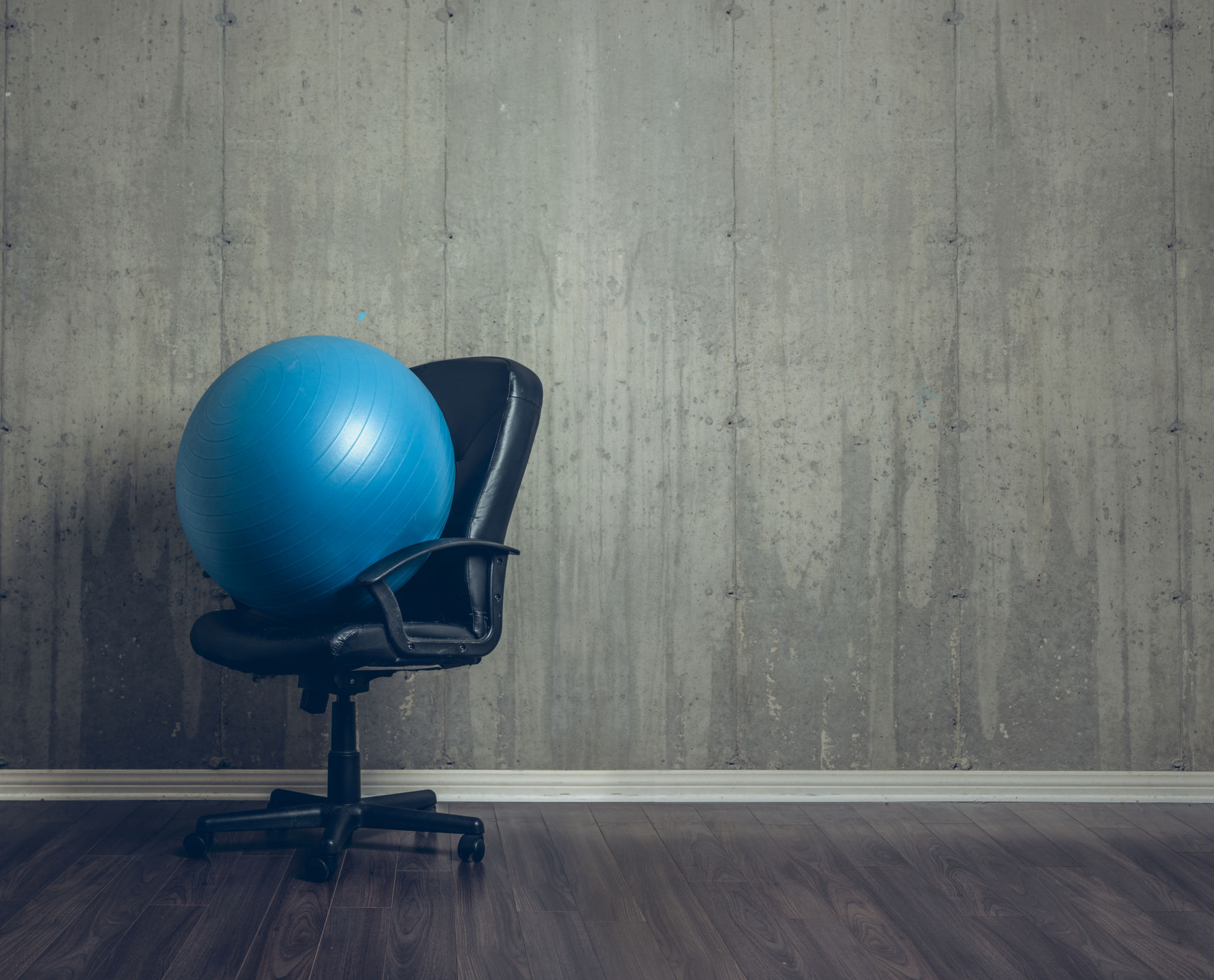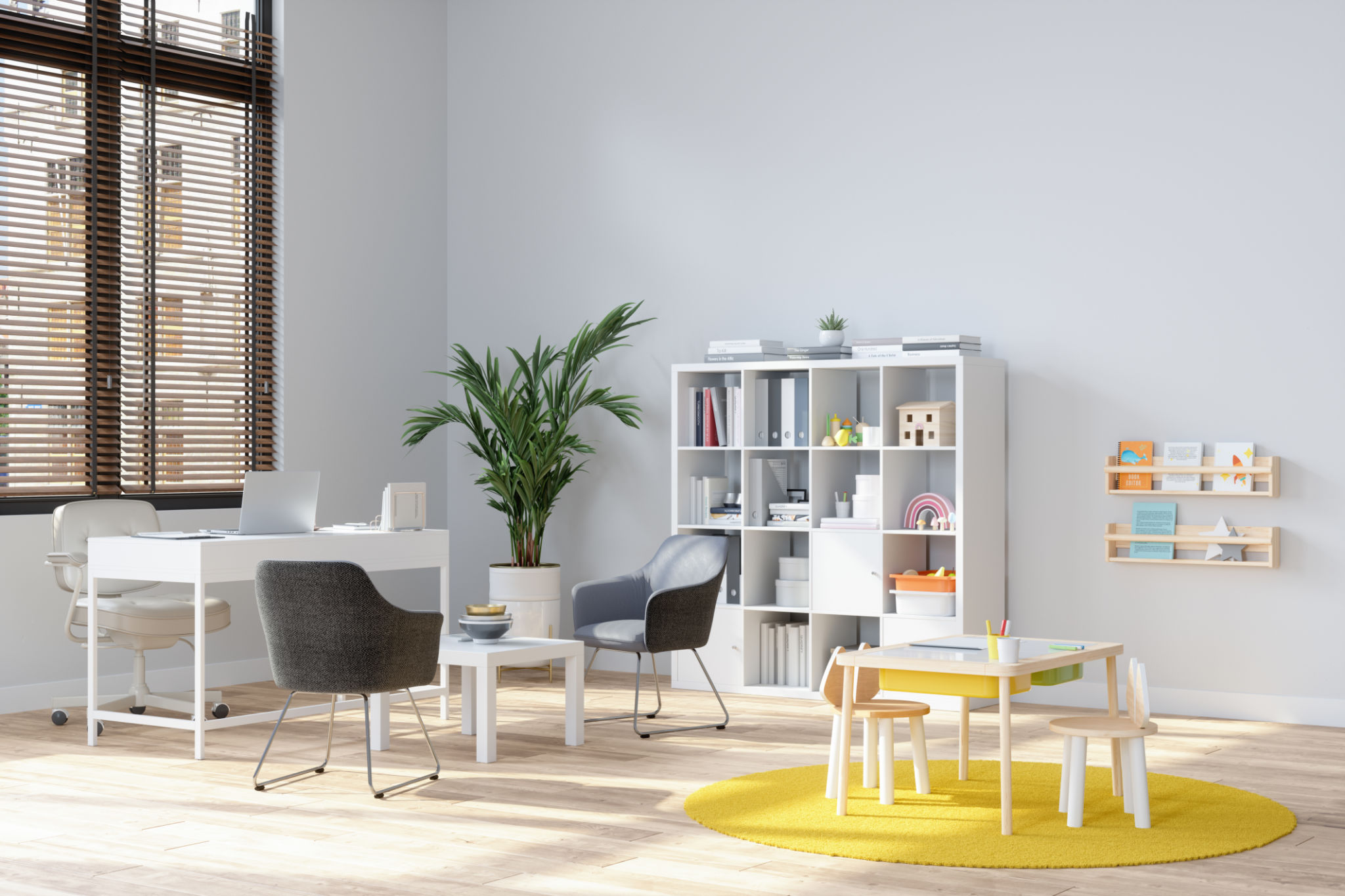How to Create a Productive Office Space: Tips from Leading Architectural Firms
Maximize Natural Light
One of the most effective ways to boost productivity in an office space is by maximizing natural light. Architectural firms emphasize the importance of large windows and open layouts to allow sunlight to flow freely. Natural light not only enhances mood but also reduces eye strain, leading to more productive workdays.

Positioning desks near windows and using glass partitions instead of solid walls can help distribute light more evenly throughout the office. If natural light is limited, consider using full-spectrum lighting that mimics daylight. This can make a significant difference in the overall ambiance and energy levels in the workspace.
Choose Ergonomic Furniture
Investing in ergonomic furniture is crucial for creating a comfortable and productive office environment. Leading architectural firms recommend selecting chairs with adjustable heights, lumbar support, and breathable materials. Desks should also be at a comfortable height, with enough space for essential equipment and personal items.

Additionally, consider incorporating sit-stand desks to allow flexibility and movement throughout the day. This not only helps reduce the risk of musculoskeletal issues but also promotes circulation and focus.
Incorporate Biophilic Design
Biophilic design elements, such as indoor plants and natural materials, can significantly enhance an office space. According to architectural experts, incorporating greenery can improve air quality and create a calming atmosphere, which is conducive to productivity. Choose plants that are easy to maintain, like succulents or snake plants, to ensure they thrive in office conditions.
Using natural materials like wood and stone for furniture and decor can also bring a sense of tranquility and connection to nature inside the workspace. This approach not only enriches the aesthetic appeal but also boosts employee morale.

Create Zones for Different Activities
To foster productivity, it's essential to design an office with distinct zones for various tasks. Leading architectural firms suggest creating dedicated areas for collaboration, quiet work, and relaxation. This zoning helps employees transition between tasks seamlessly and encourages a balanced workflow.
For instance, open spaces with comfortable seating can serve as collaborative zones, while quiet corners with soundproofing are ideal for focused work. Incorporating breakout areas with cozy furnishings and calming decor allows employees to unwind during breaks, promoting overall well-being.

Utilize Technology Smartly
Integrating technology strategically within the office can significantly enhance productivity. Architectural experts recommend using wireless devices to reduce clutter and improve flexibility. Smartboards, projectors, and high-speed internet connectivity are essential tools that facilitate efficient communication and collaboration.
Furthermore, consider implementing smart office solutions like automated lighting and climate control systems. These technologies not only enhance comfort but also contribute to energy efficiency, aligning with sustainable design principles.
Prioritize Acoustics
Sound management is a critical factor in maintaining a productive office environment. Excessive noise can be distracting and lead to decreased focus. To address this, architectural firms advise using sound-absorbing materials such as carpets, ceiling tiles, and wall panels.
Additionally, strategically placing plants or using acoustic partitions can help diffuse sound waves and create a quieter workspace. Providing noise-canceling headphones for employees who need them is another effective way to tackle noise distractions.

